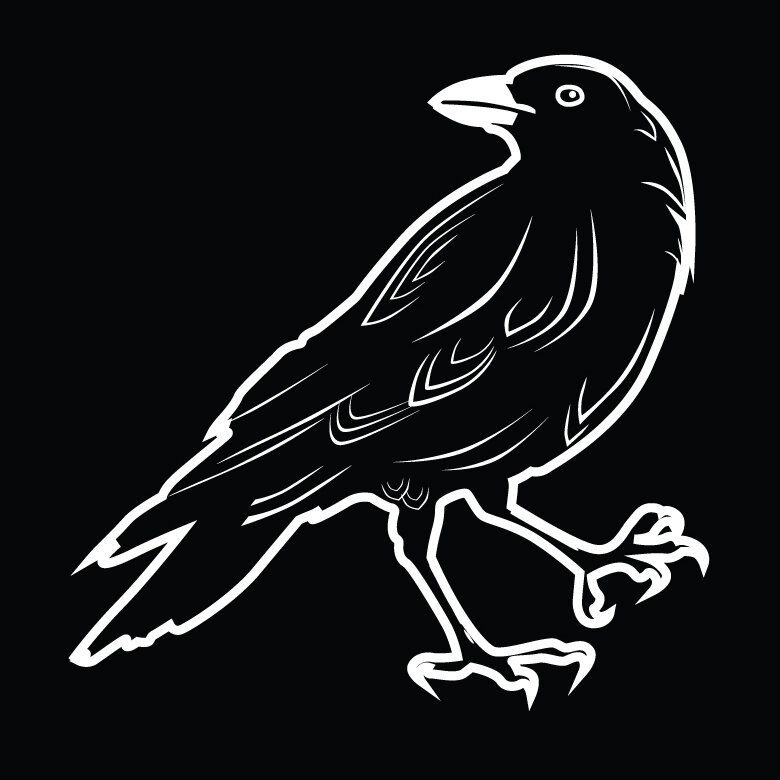Game Distillation
If you're in to solo gaming at all, you've probably run across Morten Monrad Pedersen in one way or another. You may have read his insightful blog or played some of the solo variants he's created.
Recently, Morten was featured on the Board Game Design Lab podcast. I've chatted with Morten off an on about game design over the years, since back when I playtested Endless Nightmare and he playtested The Harbinger Project, but it was really great to have someone pick his brain about his recent work.
Ostensibly Morten was there to talk about the process of creating solo modes, but don't let that fool you. Morten's thoughts apply broadly to overall design.
One of his main points about creating a solo mode was the idea of getting to the core of the experience. Morten (and his team) are attempting to recreate another player through game components and mechanics, but attempting to recreate all possible actions and reactions for a human opponent would be impossible. Instead they attempt to find the gestalt of an opponent's effect on the game and recreate that.
As a made up example, if creating a solo mode for Favor of the Pharaoh I wouldn't ask the player to roll dice for their opponent and follow some specific set of instructions for how the opponent would use their purchased abilities. The key interactions with an opponent in that game is that they act as a timer, someone to race against, and they buy up abilities that you would have maybe wanted for yourself. So a bot in that game could basically be a variable turn limit that semi-randomly removes abilities from the pool.
I'm not saying this would be fun, or that a solo mode works for this game, just saying that you don't have to recreate every die roll a player would make, or force the bot to even play by the same rules, if you can instead drive down to the core of the experience and recreate how it FEELS to play against another person.
I don't design solo modes for preexisting games, so why care? Well, because this bit of advice is applicable everywhere.
It's often that designs get lost in themselves. That the brainstorming of ideas generates too much. Or that you get attached to an early system and continue to use it or elaborate on it even if it's not working. It's always been a boon to the process to stop for a minute and ask "What is at the core of this game?"
Morten's trying to recreate those key moments for a solo mode, but I'm often struggling to create them in the first place.
What is fun about this game? What is working right now? What are the key and exciting moments? What is special or unique about it? What's at the center of the game that everything else revolves around? During playtesting, if I can try and keep the answers to these questions in mind, I find that I can often cut away the flashing on a design.
Sometimes it manifests as a complete rework. A recent game I've been testing was created with a particular set of design goals. I created a prototype and started playing and finding problems. When I took a step back, I found that the central dice mechanic was really the enjoyable part of the game, even though that wasn't a part of my original vision. With that mind, I was able to refocus the game on that core system. It's still all kinds of broken, but it's more fun!
Morten's advice to find the overall enjoyable experience and critical interactions in a game and focus on that is a great way to distill something into a manageable solo robot, and it's stayed a core design tenant of mine though the entire process of game design.
